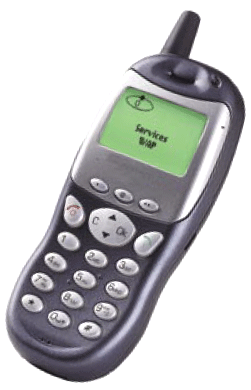Articles tagged with: GEORGE CHO

Pilotless aerial vehicle systems (PAVs) have captured many people’s imaginations through the media as combat vehicles in various war zones around the world. These vehicles of combat have acquired the pejorative term ‘drone’ as these aircraft have ‘no intelligence’ and only respond by attacking positions identified by forward personnel on the ground…
There is a saying that “it takes a thief to catch a thief”. This is because to know the modus operandi of a presumptive thief is to know when, where and how that person operates. What better way than to put a ‘tag’ that will follow every movement of that person to gather evidence in order to implicate that person. Hiding a global positioning system (GPS) on a person’s vehicle is one means of collecting information with a view to later prosecution of the driver of the vehicle where a criminal act is committed.

Basic Act on the Advancement of Utilizing Geospatial Information was approved by the cabinet in Japan last year. It states the promotion of the various kinds of the applications of geodetic information in both private and public areas to realize the convenient and safe society. The supplementary budget to save the economical crises this year in Japan prepares a lot of money to promote the utilization of geographic information. In order to realize such society in near future,…

In this article students from around the globe were canvassed on their views on their studies in geomatics and GNSS. Interesting commentaries and views were received from twelve students. There were a number of common threads that run through their views and these include the major challenges of costs of equipment and software, distinctions between geomatic education, training and research, beyond space, time…

The U.S. National Space Policy (NSP) was authorised by President Bush on August 31, 2006. This NSP establishes an overarching national policy that governs the conduct of U.S. space activities and supersedes the 1996 NSP.
The unclassified ten-page summary of the NSP consists of 13 self-contained sections including the principles, goals, guidelines (both general and specific to national security space, civil space and commercial space), international space cooperation, space nuclear power, radio frequency spectrum, orbital debris, effective export policies and space-related security classification.

In the aftermath of the terrorist attacks on New York and Washington, finding people and bodies in the rubble was of utmost importance. This task was directed at finding location bearing devices incorporated in commonplace instruments such as mobile phones, personal digital assistants (PDAs) and electronic pagers. By polling these devices electronically using a system of triangulation points it was thought that persons and bodies could be found. Polling is simply sending electronic impulses to receivers to ascertain where these devices are located. However, and sadly, such devices have a limited range and may have no effect if buried in more than a meter of rubble. Also, some such devices incorporate global positioning systems (GPS) and these require access to the sky and to the constellation of satellites orbiting the Earth. Even the sniffer dogs gave up this mammoth task.










 (5.00 out of 5)
(5.00 out of 5)